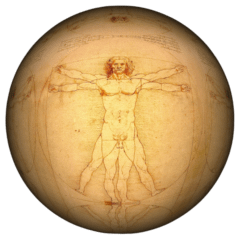The François Vase is a volute-krater, dating mid-6th century B.C.E created in Ancient Greece, in Athens by the painter Kleitias and the potter Ergotimos. It could be considered an early graphic novel. It was unearthed in 1844 in an Etruscan tomb in Italy.
Kleitias used the black-figure painting style, which was popular among Athenian artists. This register shows the marriage of the hero Peleus to the nymph Thetis, a celebrated event attended by the Greek gods. It shows Dionysos, the god of wine, who carries an amphora, and Kalliope, a muse playing a wind instrument. It depicts myths related to the hero Achilles and his father Peleus. The uppermost register shows Peleus hunting a boar. It shows a chariot race organized by Achilles.
The main register shows the wedding of Peleus and Thetis, Achilles’ parents, and episodes from the Trojan War. The handles of the François Vase depict the end of Achilles. On another side is the rescue, by Theseus, of Athenian children from the Minotaur. It was used during symposiums (drinking parties for upper-class men).

